What is scale modeling?
Scale modeling, at least in hobby terms, consists of creating miniature representations (models) of larger subjects. While models may be constructed from any material, most modelers use plastic kits that are glued together and painted. Most people tend to think of model airplanes, cars or ships. However, the subject that is represented can be literally anything. Modelers build figures, tanks and artillery pieces, dinosaurs, science-fiction subjects, landscapes, buildings, and many, many other things. Virtually anything real or imagined can be the subject of a scale model. Take a look online and you should get some idea as to the diversity of modeling subjects that are available. Model building is an enriching, captivating, and intellectually stimulating hobby that has been cherished by enthusiasts worldwide for many years. It invites hobbyists into a world of miniaturisation.
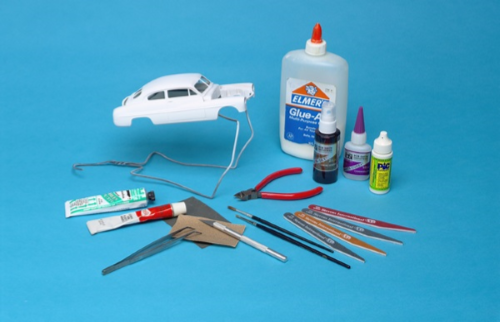
What does the “scale” part mean?
In order to accurately represent their subject, a model must be “to scale”. This means that all of the proportions of the model must match those of the real thing.
When modelers talk about scale, they are talking about the relationship between the size of the model and the size of the object the model represents. This is usually described as a numeric ratio like 1:72 or 1:48. This numeric ratio tells you that one measurement (inch, foot, etc.) equals the second number of the same measurement on the real object. For example, 1:72 scale means that 1 inch on the model represents 72 inches on the actual subject. So, a 1:72 scale model of a six-foot (seventy-two-inch) tall soldier would be one inch tall.
A number of standard scales have been adopted for various types of models that more or less fit the size of the subjects they represent and allow for a practical-sized model though the modelers sometimes disregard scale concentrationg more on beauty and innovation.
Most modelers will at least start with a manufactured plastic kit. These kits are available at hobby shops, craft stores, toy stores and some large retailers as well as from many online suppliers. They are produced by one of the hundreds of kit manufacturers all over the world and they vary considerably in both price and quality. While kits may be purchased for as little as $5, some high-quality complex kits cost hundreds of dollars.
A typical model kit includes the plastic parts of the kit molded on sprues, or “parts trees” (a sort of rack that connects all the parts, see the image). The parts must be cut from the sprues prior to assembly. The parts will usually be molded in one color of plastic, though some kits come molded in more than one color. If the kit has clear parts, such as windows or headlights, those parts will be on a separate sprue of clear plastic).
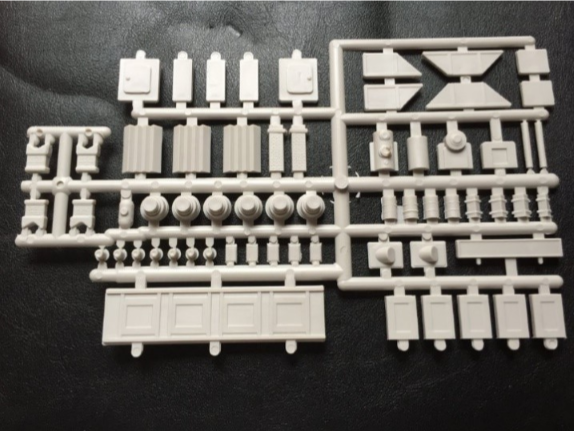
In addition to the plastic parts, a kit normally includes an instruction sheet, which gives you some background information on the subject as well as detailed diagrams showing how the parts should be assembled and painted. The kit might also include a set of decals for things like numbers, letters, national insignia and other details for the model. Finally, many kits include what are called multimedia items (not plastic) that add specialized detail to the model. These may include vinyl (tires and tank treads), aluminum or brass (gun barrels and shells) and resin or photoetch parts (for highly intricate or detailed components).
For many modelers, however, the kit is just a starting point – a base on which to build. Modelers may add after-market parts or decals. They may modify the kit to be a different subject, such as an earlier or later variant of a vehicle. They might make their own decals or scratch build their own parts to replicate better the original item or to add particular details for a specific plane or ship (for example a specific Ferrari car that was in the World race of 1896). They may create a base on which to display their model that includes scenery like buildings or landscape or may combine several models to create a scene.
The building phase can be divided into three main types of activity:
Construction: The parts must be removed from the sprues and glued together. Parts must often be files to fit together correctly. Special attention must be paid to minimize the appearance of seams where the parts come together because these often do not correspond to the seams on the real subject.
There are many types of model glues and filing tools available for constructing a model.
Painting: Models are usually painted to match the subjects that they represent. In addition to the overall color scheme, most models have a variety of small and large details that need to be painted.
Paint may be applied with a brush or an airbrush. Most modelers use some combination of the two as well as several sizes of brushes for different types of detail work. Some model paints are also available in spray cans. Model paints are usually either enamels or water-based acrylics.
Detailing: This can include applying decals, “weathering” a model to make the subject appear used or “chipping” a model to show damages or putting the model on some type of base or into a modeled diorama scene. Various types of pigment powders may be used to make a model appear dirty or rusty and there are a variety of techniques that may be employed to make the paint appear scratched, faded, stained or somehow altered.
But I never tried, how can I start this beautiful hobby?
First of all, follow ma and you will find some detailed information about glues, paints, tools and everything necessary to start any activity.
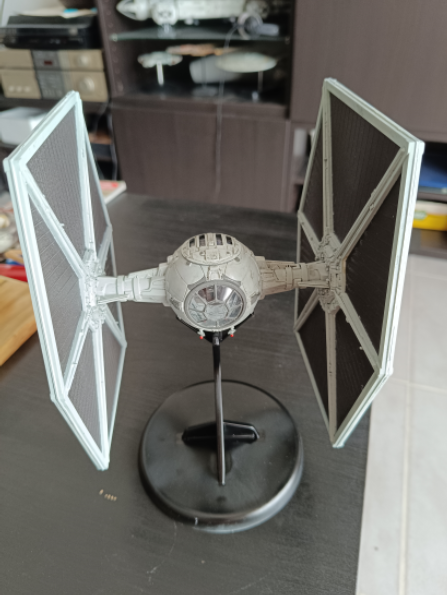
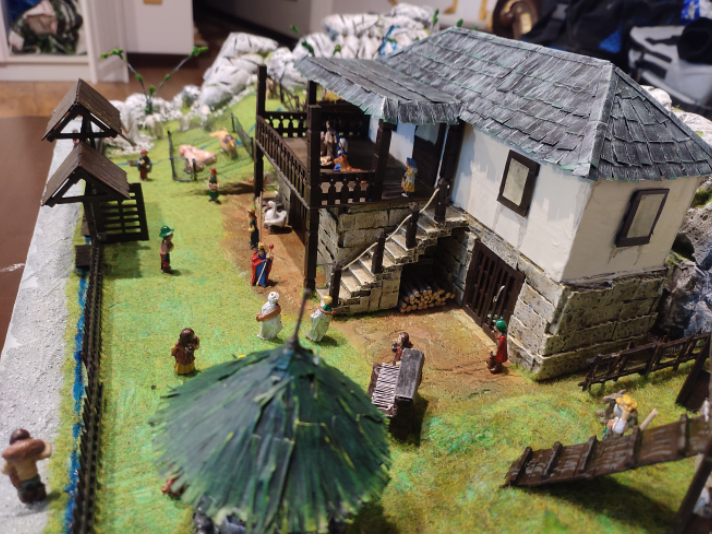
Then you need to go to some local hobby shop. In Bucharest there is “the best” model shop that I ever visited: Viking Shop, in Soseaua Pantelimon, nr. 93; they have a website too: http://www.machete.ro. Another alternative is Hobby Shop, located in Str. Varciorova nr.13 (but I never visited) with their website http://hobby.shop.ro, that I use always for my purchases online.
For those new to the hobby, it’s crucial to choose a suitable kit that corresponds with their level of expertise. Fortunately, there’s a wealth of model building kits for beginners available on the market, offering an enjoyable and non-intimidating introduction to the world of modelling.
Also have a look on my tiny website http://www.policella.org
![]()

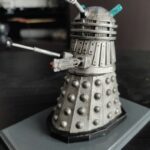
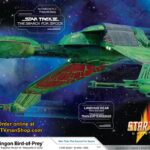
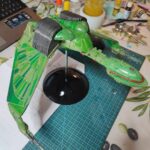

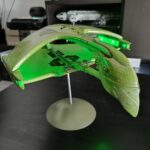
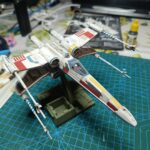
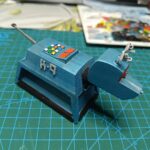
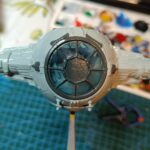
Leave a Reply